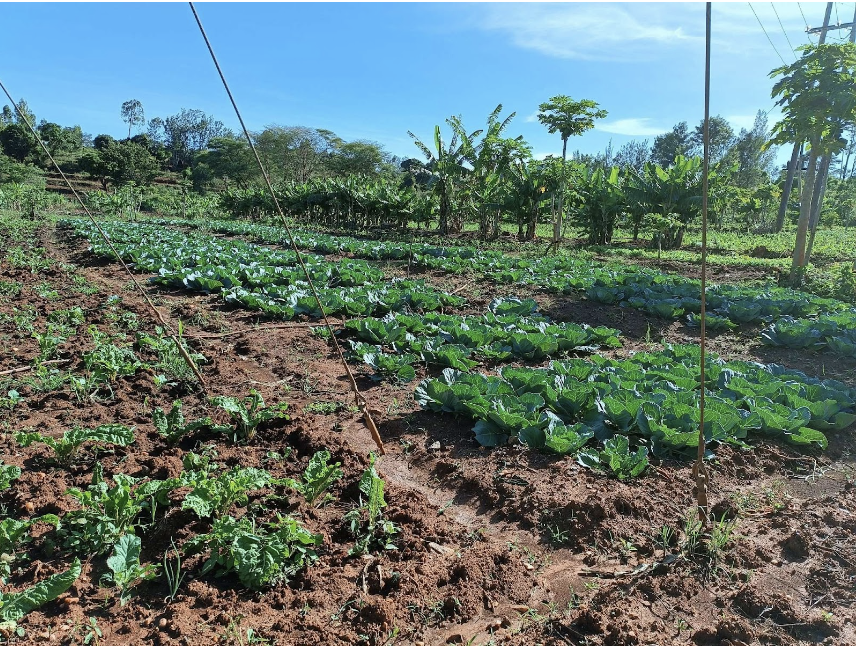Regenerative Agriculture Model to Build Farmer Resilience: Evidence from Kenya

Researchers are partnering with IPA Kenya and the Alliance for Green Revolution in Africa (AGRA) to evaluate the impact of a business-oriented regenerative agriculture extension program on farm profitability, household resilience, and the environment. They are also measuring the financial viability of the program model and the model’s impact on the extension program itself.
In Africa, climate change has severely impacted land quality, increasing drought probability, diminishing soil fertility, and reducing crop productivity. As a result, approximately 280 million tons of cereal crops are lost each year, costing countries 12 percent of GDP.1 Regenerative agricultural practices—such as conservation agriculture, intercropping, and microdosing—can reduce land degradation.2 However, farmers can face challenges to adoption including limited access to extension services and incomplete markets.
In Kenya, the Regenerative Pulses Program implemented by the Alliance for Green Revolution in Africa (AGRA) seeks to increase food security through regenerative agriculture and strengthen local extension services for farmers to adopt it. In the program, community-selected farmers (known as village-based advisors) promote regenerative practices through demonstrations, aggregating demand for the practices in the process. This model includes a business element, in which the village-based advisors provide business skills training to farmers and emphasize markets as a driver of technology adoption. In addition, they engage with officials on the domestication of the National Climate Change Action Plan and review of the National Agriculture Sector extension policy.
Researchers are partnering with IPA Kenya and AGRA to evaluate the impact of the Regenerative Pulses Program and regenerative agriculture on farm profitability, household resilience, and the environment. They are also measuring the financial viability of the program model and the model’s impact on the extension program itself. A total of 3,000 farmers in Embu, Tharaka-Nithi, Makueni, and Kitui counties in Eastern Kenya are participating in the intervention, with 1,000 farmers receiving the Regenerative Pulses program and 2,000 farmers not receiving the program. Of the 2,000 farmers not receiving the program, 1,000 farmers who demographically best match the farmers in the program have been randomly selected to serve as the comparison group.
Results will be available in 2028.
Sources
1. Mbow, Hans-Otto Pӧrtner, Andy Reisinger, Josep Canadell, and Phillip O’Brien. "Special Report on climate change, desertification, land degradation, sustainable land management, food security, and greenhouse gas fluxes in terrestrial ecosystems (SR2)." Ginevra, IPCC 650 (2017).
2. Parihar, C. M., Shankar Lal Jat, A. K. Singh, B. Kumar, S. Pradhan, V. Pooniya, A. C. V. J. Dhauja et al. "Conservation agriculture in irrigated intensive maize-based systems of north-western India: Effects on crop yields, water productivity and economic profitability." Field Crops Research 193 (2016): 104-116.
Aryal, Jeetendra Prakash, Tek Bahadur Sapkota, Clare Maeve Stirling, Mangi Lal Jat, Hanuman S. Jat, Munmun Rai, Surabhi Mittal, and Jhabar Mal Sutaliya. "Conservation agriculture-based wheat production better copes with extreme climate events than conventional tillage-based systems: A case of untimely excess rainfall in Haryana, India." Agriculture, Ecosystems & Environment 233 (2016): 325-335.
Implementing Partner

Funding Partner












